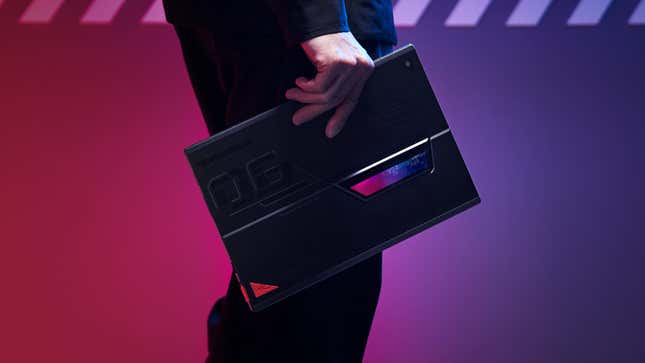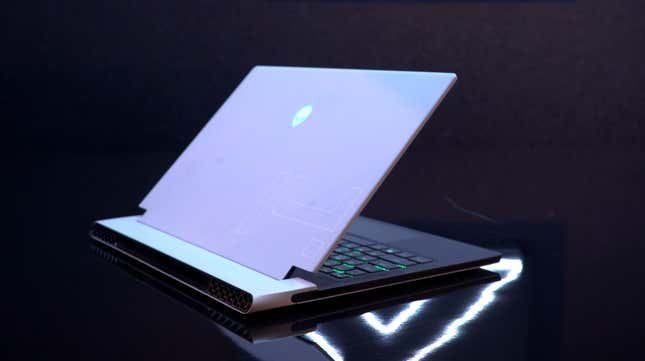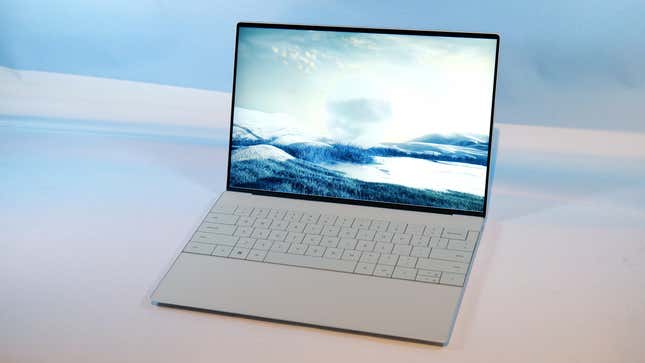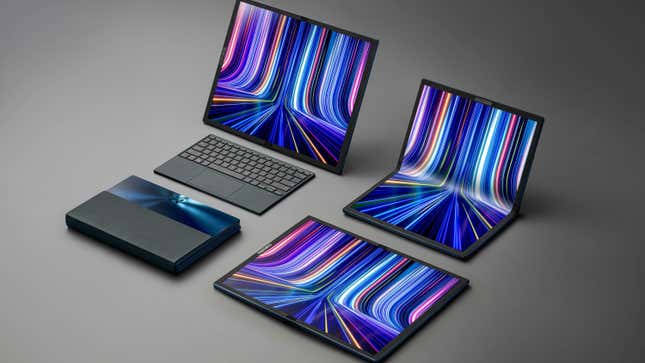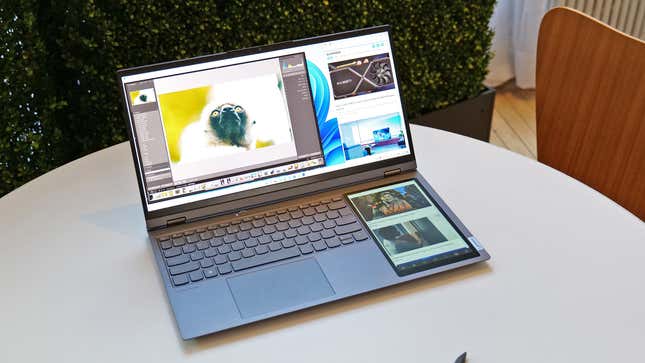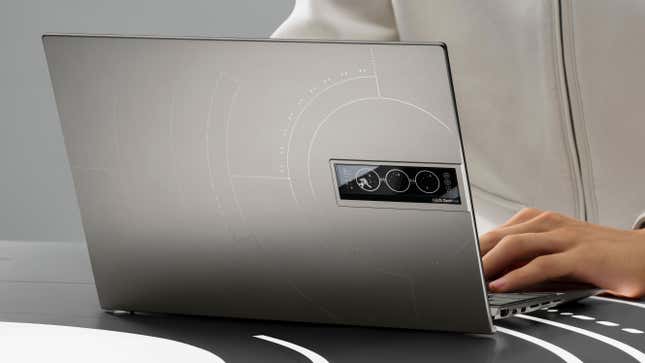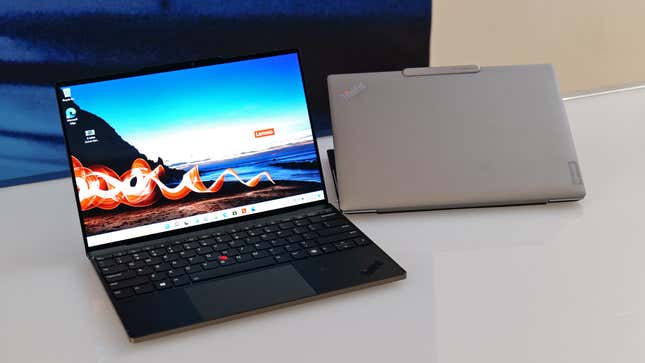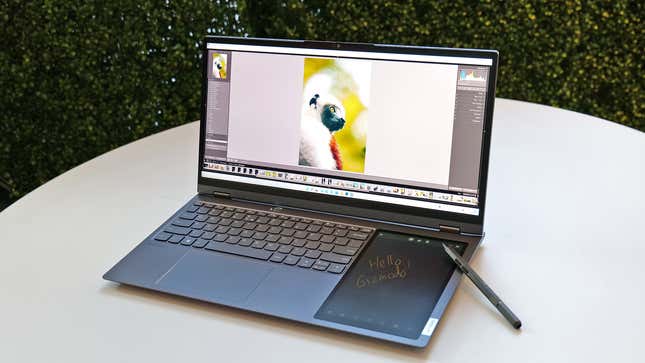
With the three major chipmakers launching new processors and graphics cards for laptops, CES 2022 was poised to be a huge event for PCs. Now that the dust has settled on the event, we’re pleased to say it exceeded our expectations. Laptop makers came to play this year, showing off interesting new devices that are more than just conventional clamshell laptops with slightly upgraded internals.
The best laptops we saw at CES can be neatly filed into two groups: those you’ll actually consider purchasing, and more ambitious (and sometimes downright bizarre) devices that embrace some of the latest technologies.
What they all share are the latest chips from AMD, Intel, and Nvidia. Intel’s 12th-gen Core H-series mobile CPUs and AMD’s Ryzen 6000 chips promise more power and greater efficiency for upcoming ultra-slim and high-end laptops, while Nvidia’s new RTX 3080 Ti will bring better graphics and higher frame rates to the next batch of gaming rigs.
We’ve filtered out the boring rehashes and silly concepts to give you our picks of the best laptops at CES 2022.
